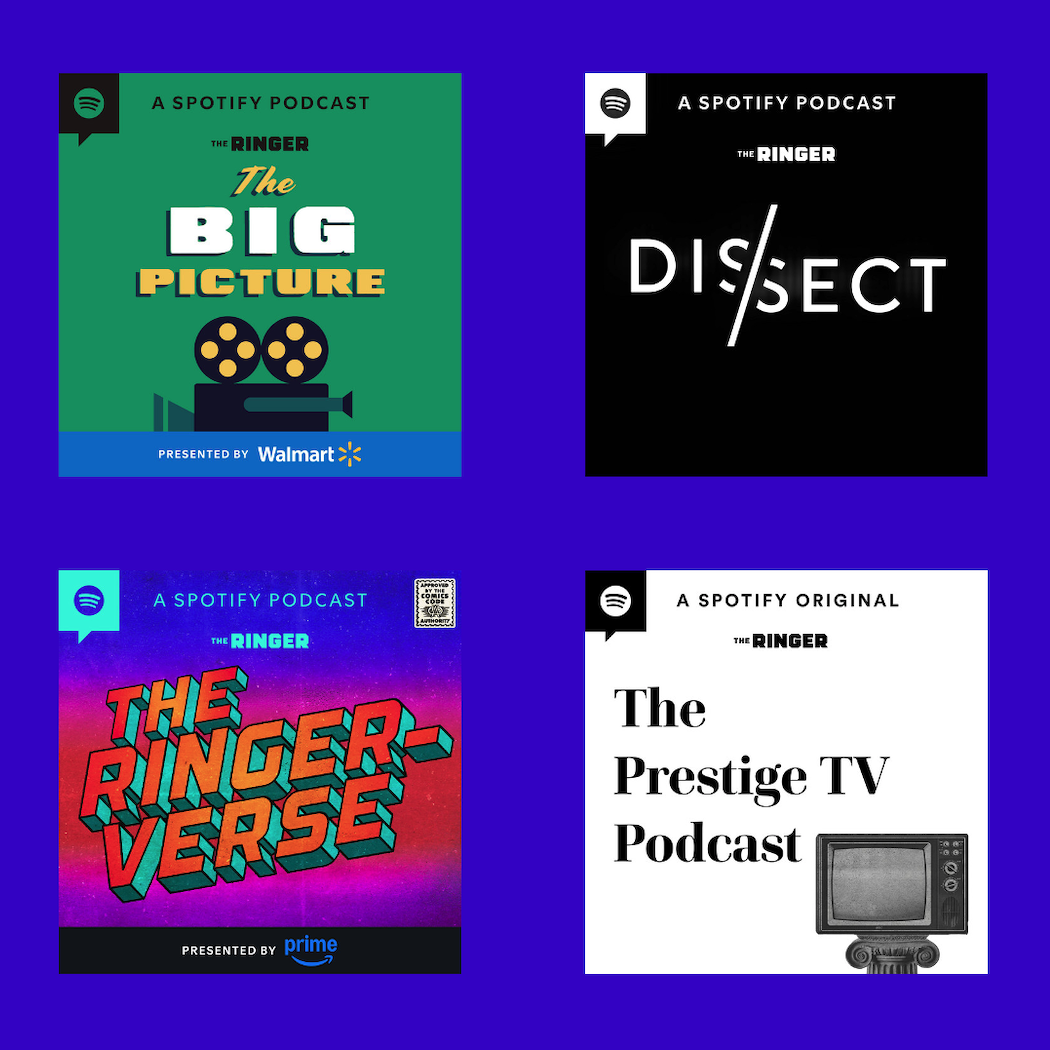
As the year draws to a close, Spotify’s The Ringer is celebrating the best of 2024 with an exciting lineup of retrospective podcast episodes. This December, listeners can look back at the year’s standout moments across movies, TV, music, sports, and pop culture.
“2024 has been a landmark year for storytelling and analysis at The Ringer,” said Geoff Chow, Head of Podcast Studios and Managing Director for The Ringer. “Our podcasts have captured the highs, lows, and everything in between, across sports, culture, and entertainment. These episodes celebrate the moments that brought us all together and dive deeper into the conversations that defined the year.”
Here’s a roundup of the participating shows and episodes you can explore now, as well as a few you can anticipate later this month:
Available now
Podcast: The Big Picture
Episode: “The Top Five Movies of 2024”
Sean Fennessey is joined by Chris Ryan and Adam Nayman to share their top five movies of 2024: a mix of widely seen blockbusters, smaller art-house movies, big swings from emergent auteurs, and more.
Sean remarks on the release of the Oscars shortlists in below-the-line categories, international features, and documentary features, before discussing his five most underseen movies of 2024. Then, he’s joined by a rotating cast of Ringer colleagues to discuss each of their favorite underseen movies of the year.
Podcast: The Watch
Episode: “The Top 10 TV Shows of 2024”
Chris Ryan and Andy Greenwald reflect on the state of television in 2024. Then, they rank their top 10 shows of the year, including favorites like 3 Body Problem, Black Doves, English Teacher, and more.
Episode: “The Best TV Episode of 2024”
Chris and Andy talk about some of their runners-up for best TV episode of the year, and why they ultimately chose Shogun Episode 9, “Crimson Sky,” as the winner. Then, they are joined by show creators Justin Marks and Rachel Kondo, writer Caillin Puente, and lead actress Anna Sawai to talk about how making this episode was less about planning and more about immersing themselves in the story as they made the season.
Podcast: The Ringer-Verse | The Midnight Boys
Episode: “2024 Naughty & Nice List: Ryan Reynolds, X-Men ’97, and Star Wars | The Midnight Boys”
Van Lathan, Charles Holmes, Jomi Adeniran, and Jonathan Kermah fill you in on all things 2024, giving you their naughty and nice list of the year.
Podcast: The Prestige TV Podcast
Episode: “The Top TV Moments of the Year and the Best Shows We Missed”
Joanna Robinson and Rob Mahoney take a look back at the year in (prestige) television! They start by reading through listener emails that make the case for shows they missed in 2024 and then debate which streamer won the year. Later, they present their top TV moments of the past 12 months.
Podcast: Trial by Content
Episode: “The Worst Thing We Watched in 2024”
Dave Gonzales, Neil Miller, and Joanna Robinson discuss the worst things they watched in 2024. They start by going over the results of the great movie bet. Then they go through their list of the 10 worst things they watched in 2024, all while Dave and Neil receive their punishment for losing the bet—Tubthumping! Later, they talk about some of the things they liked from the year.
Podcast: Dissect
Episode: “Best Bars of 2024. Plus: Drake vs Kendrick Retrospective”
Cole Cuchna is joined by Touré, King Green, and James Francis to reflect on the historic year in hip-hop. They begin by revisiting the Drake and Kendrick Lamar battle, nominating their favorite song, lyrics, and quotable that came from the beef. Then they award and dissect their favorite rap lyrics of the year before closing out the show with their favorite song and album of 2024.
Episode: “Our Favorite Music of 2024”
Cole and Camden Ostrander award their favorite music of the year across a number of categories, including Favorite Albums, Favorite Songs, Favorite Underground Album, Most Surprising Album, and more.
Podcast: Every Single Album
Episode: “The Best Five Albums of 2024”
Nora Princiotti and Nathan Hubbard count down their five favorite albums from this year in pop music.
Podcast: The Dave Chang Show
Episode: “Dave and Chris Reflect on 2024”
Dave Chang and Chris Ying have had a busy, wild year: Dinner Time Live, Thursday Night Football, and everything in between. They grade their predictions from 2023 about 2024: How did Davestradamus do? Dave and Chris also share their highlights of the year, from the best dishes they ate to the best cities they visited.
Podcast: Fairway Rollin’
Episode: “The 2024 Rollies!”
It wouldn’t be the end of golf season without The Rollies. Joe House and Nathan Hubbard are joined by The Fried Egg Golf Podcast’s Brendan Porath to hand out the most absurd awards in all of golf.
Coming soon
-
- House of R: “Top Moments of the Year”
- The Ringer-Verse | The Midnight Boys: “The 2024 Midnight Mulligans”
- The Ringer-Verse | Mint Edition: “Things We Missed in 2024”
- The Ringer-Verse | Button Mash: “2024 Game of the Year Draft”
- Bandsplain: “Best of 2024”
- Every Single Album: “Awards for the Year”
- Stadio: A Football Podcast: “Football Things To Be Grateful For” and “The Stadios”
- Higher Learning with Van Lathan and Rachel Lindsay: “Best of 2024”
- Plain English with Derek Thompson: “2024 In Review”
- The Ringer Reality TV Podcast | Morally Corrupt: “2024 Recap Show”
- Ringer Dish: Jam Session: “2024 In Review”; We’re Obsessed: “2024 Chronically Online Draft”
Head to Spotify to discover more shows from The Ringer.







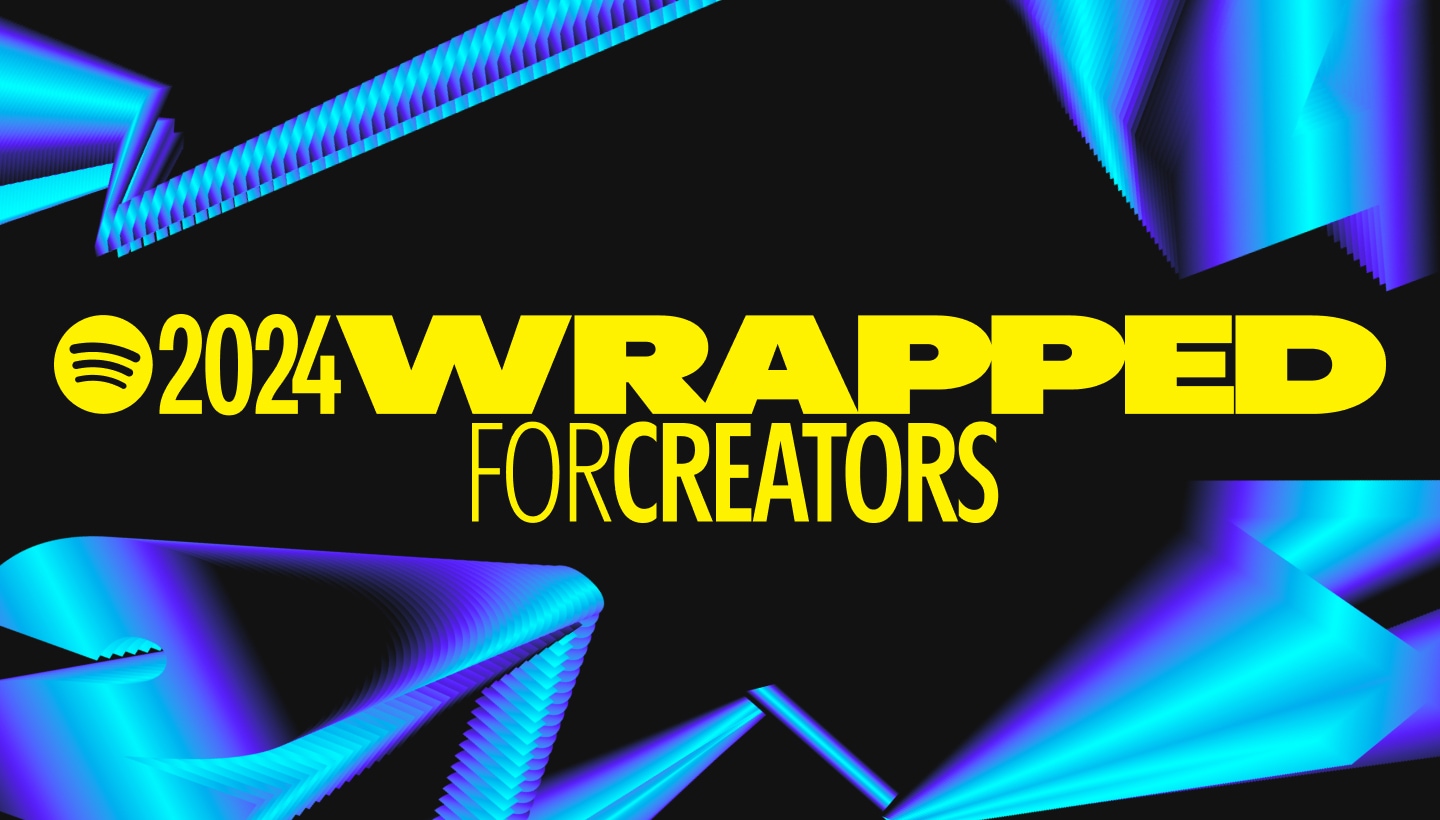

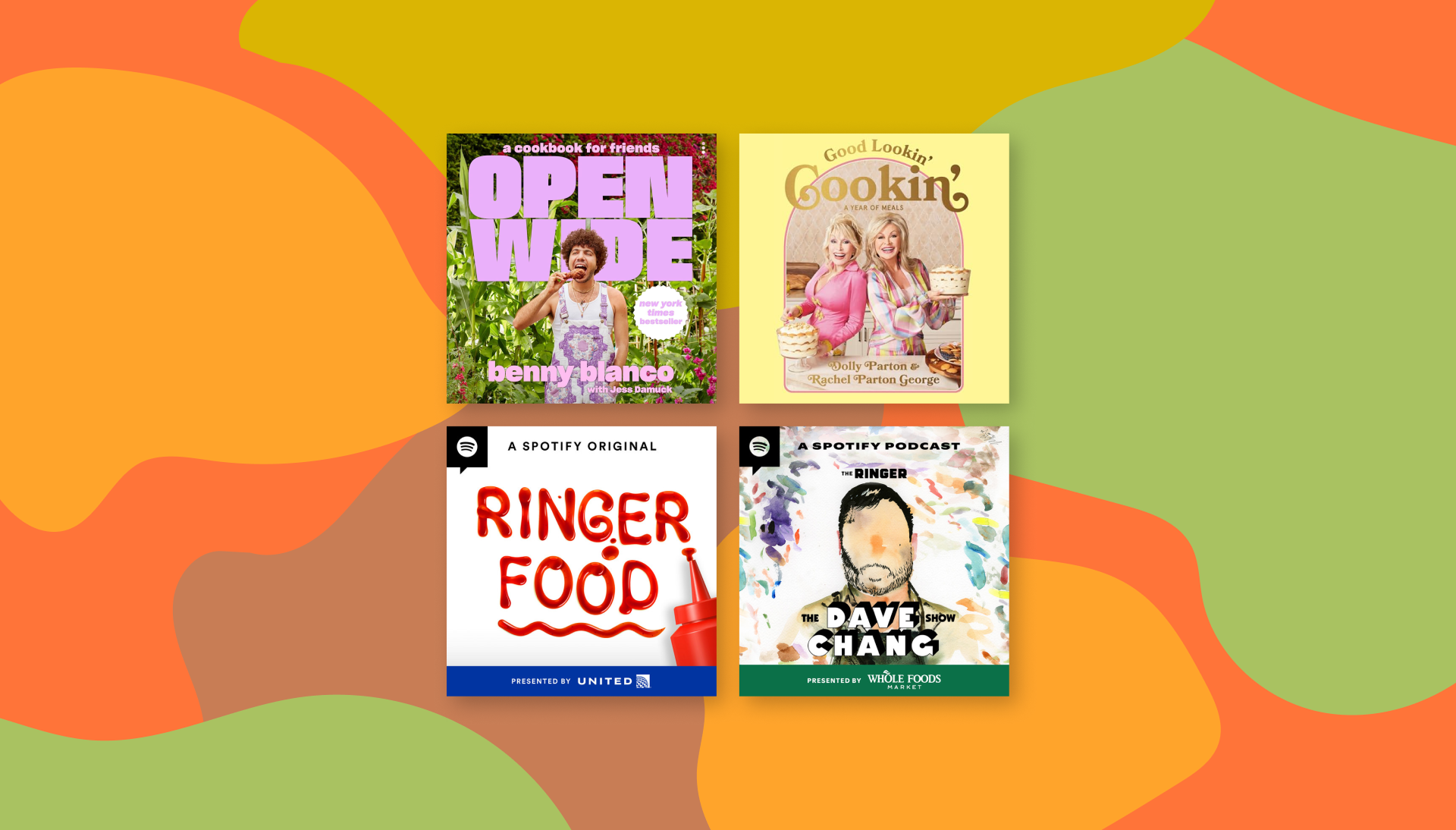
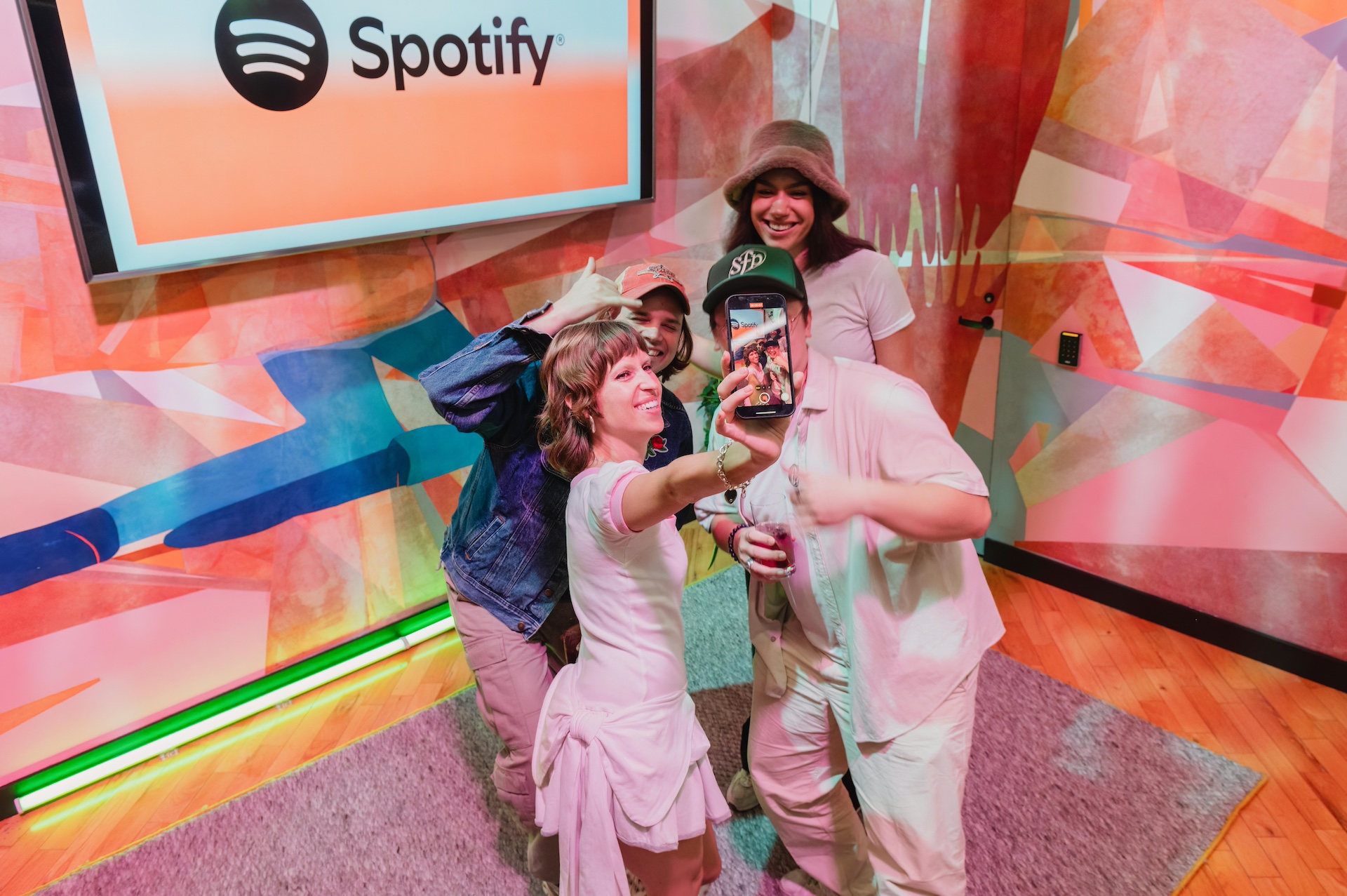
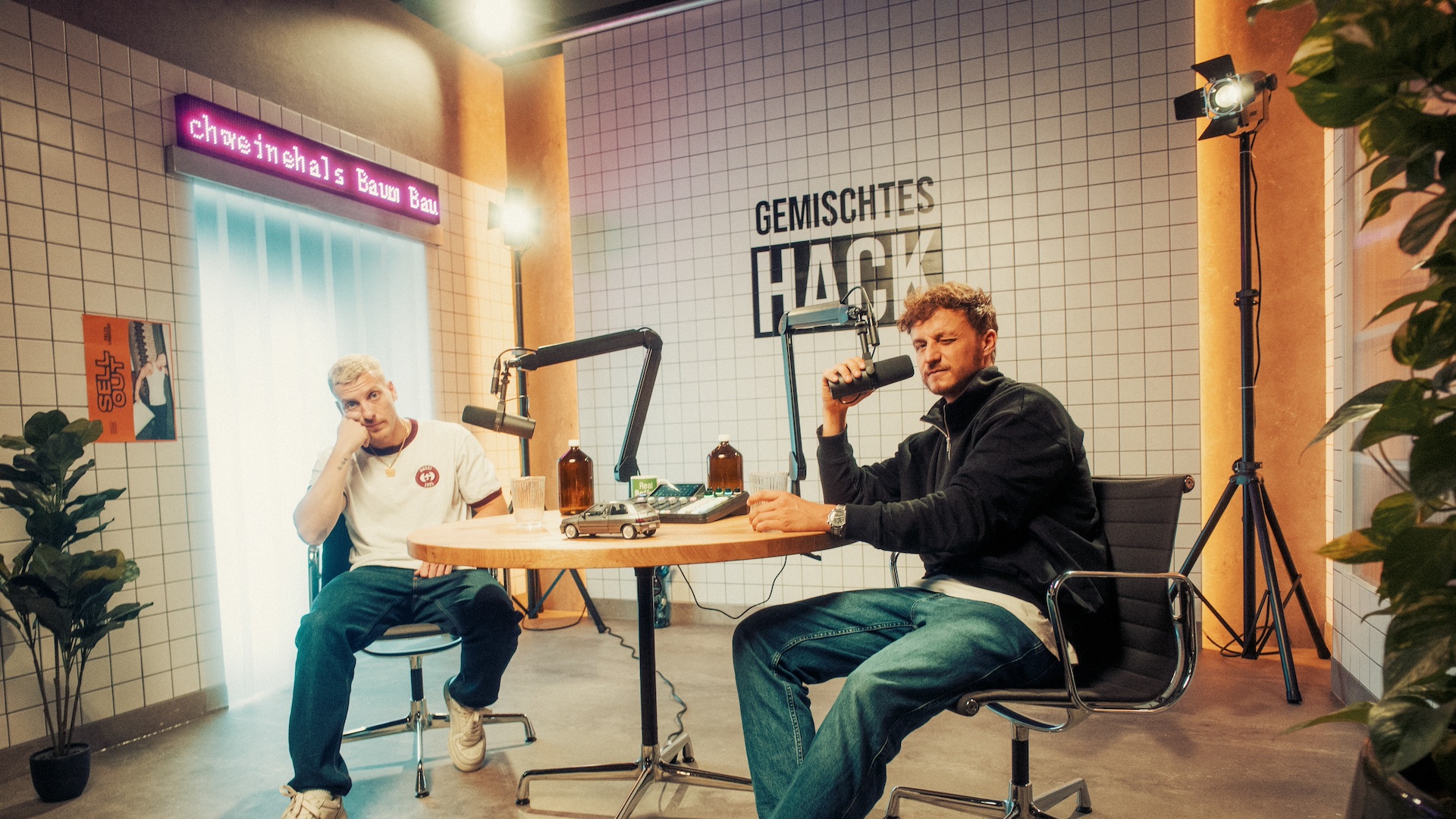
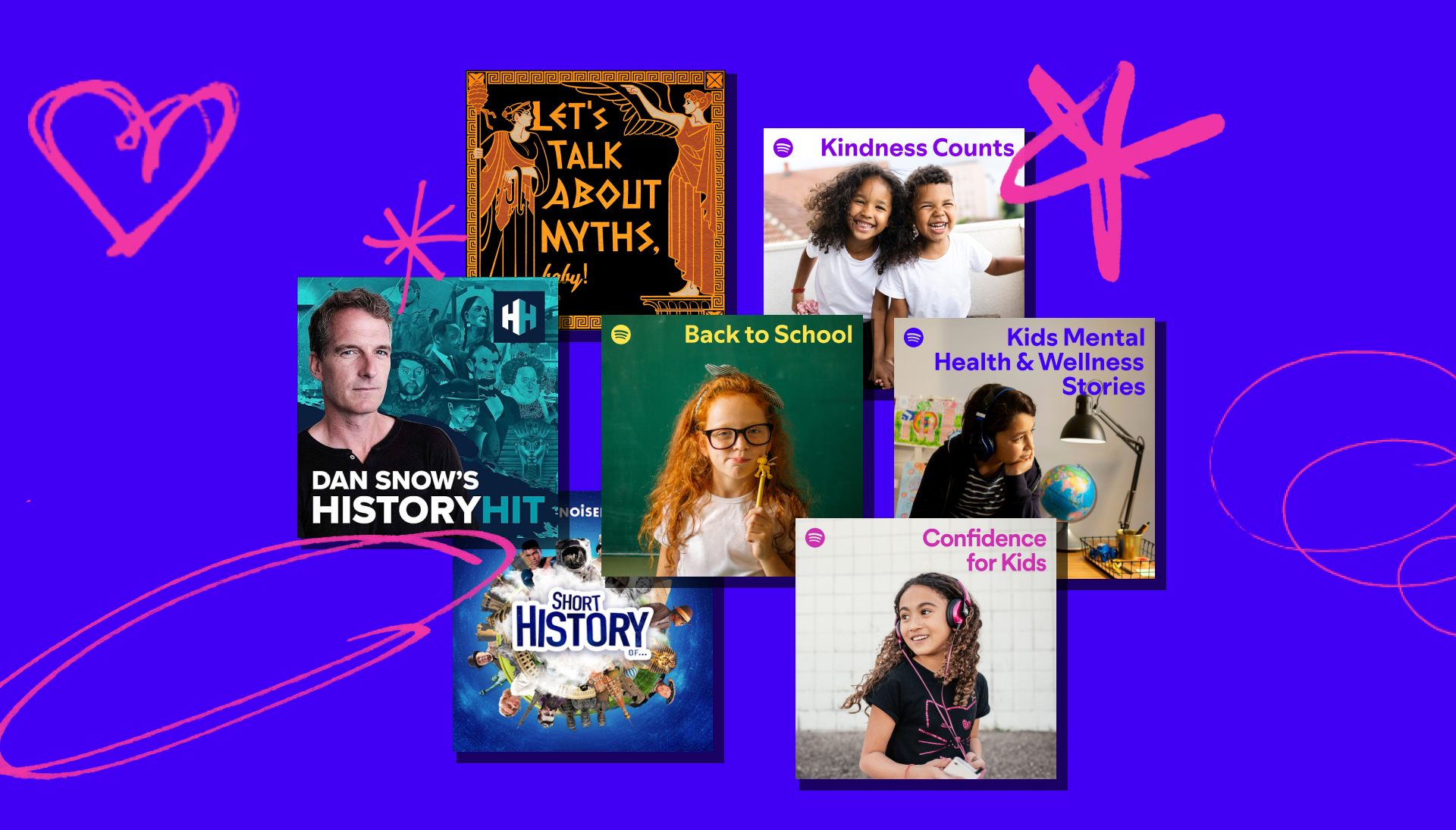
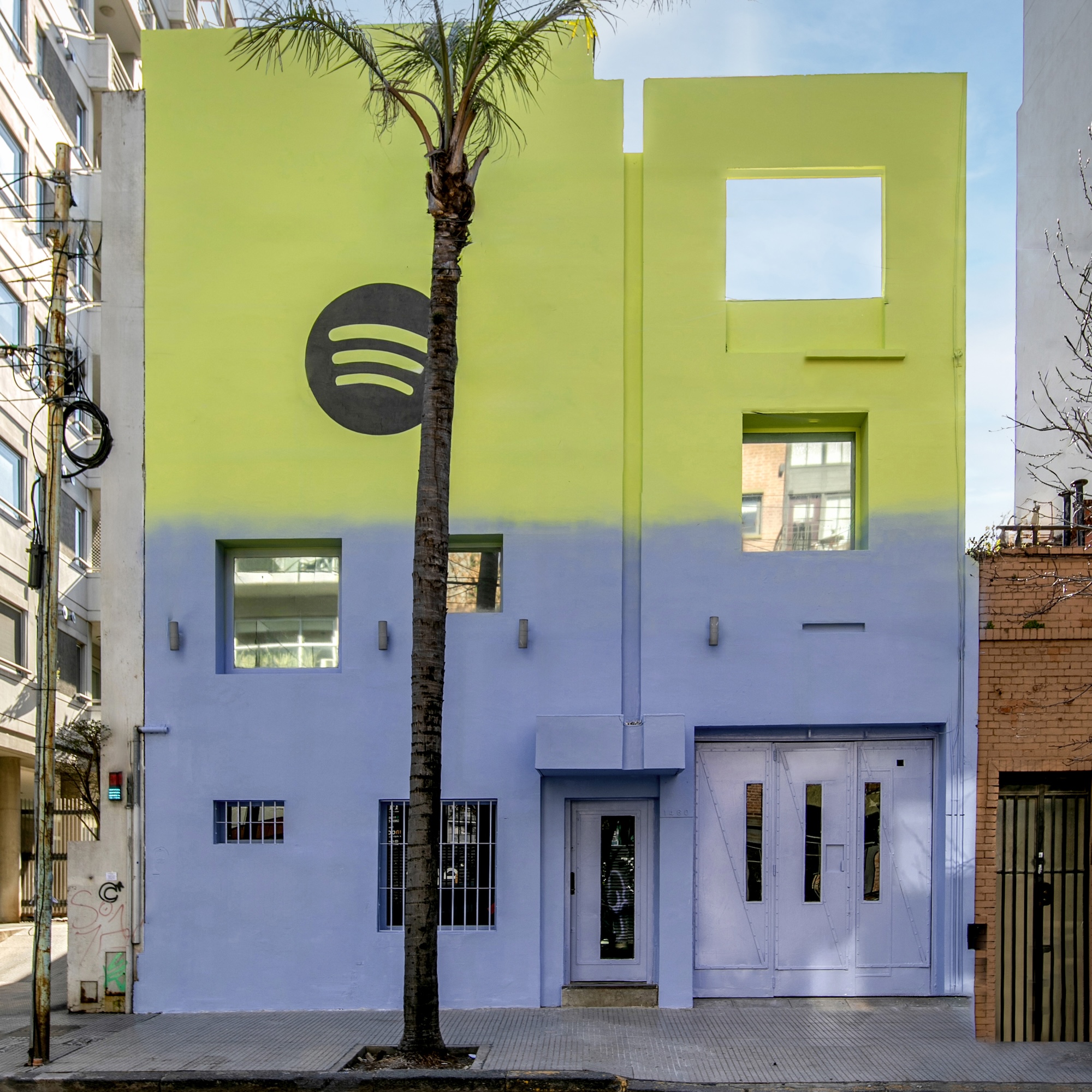

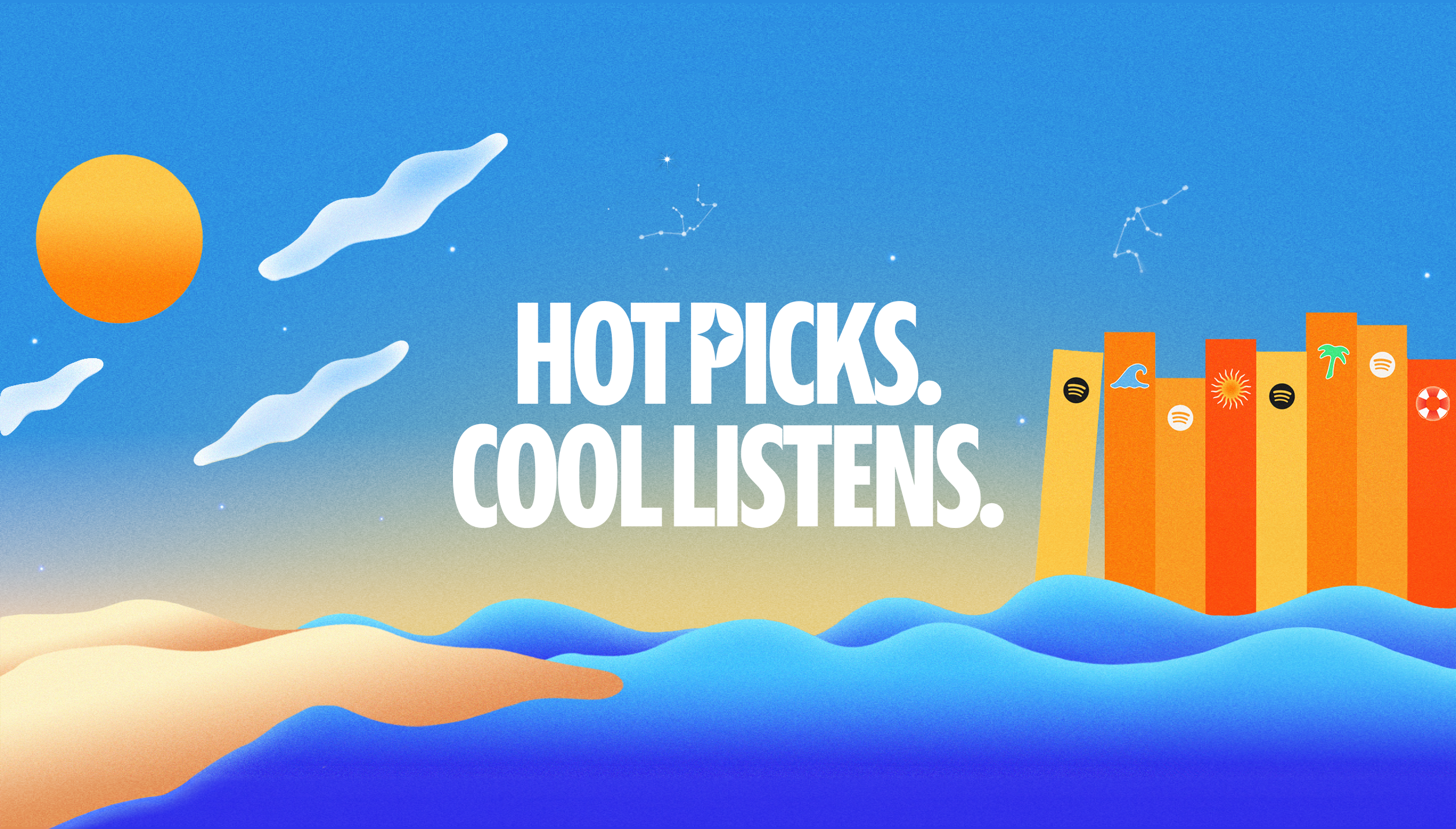

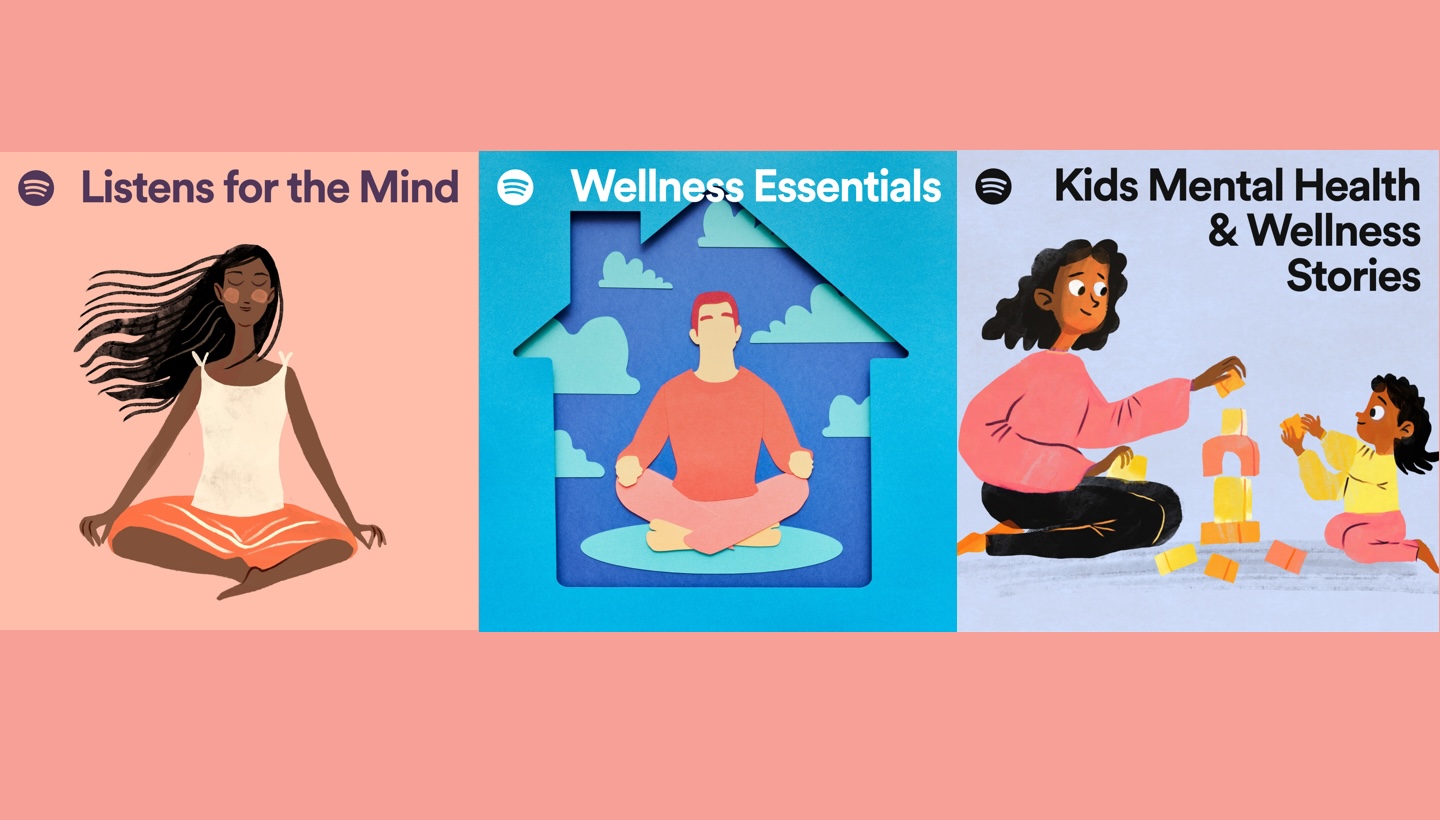

Recent Comments